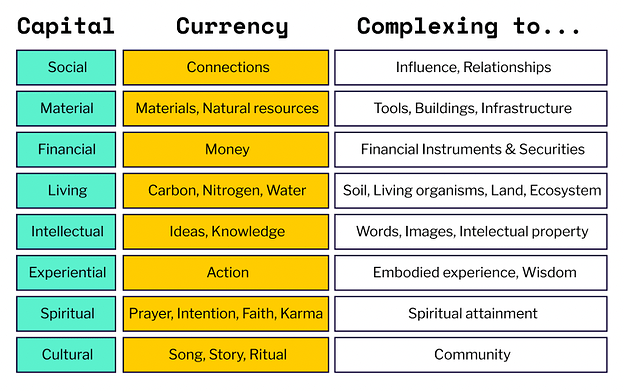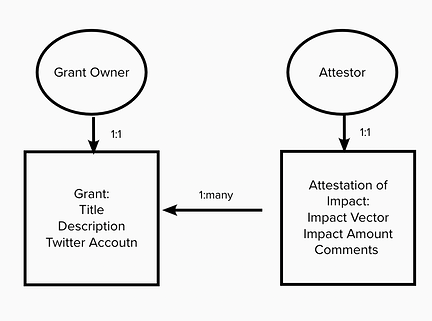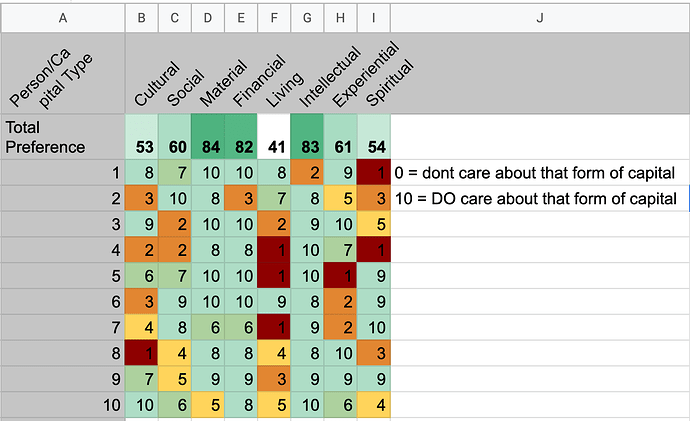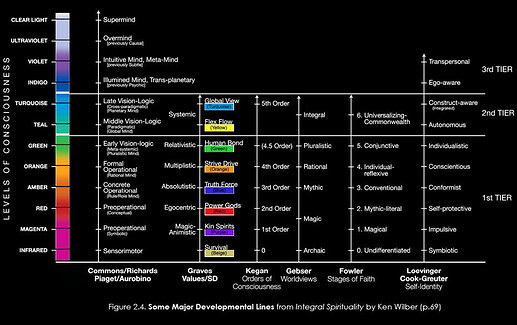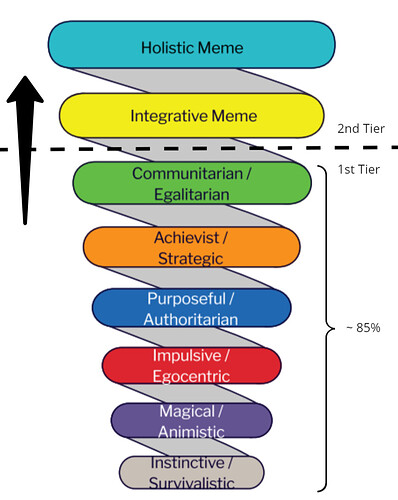Abstract
In this post, I explore the intersection of Effective Altruism and web3.0. I explore a proposed extension to Gitcoin Grants 2.0 such that Gitcoin Grants Results are increasingly steered towards the most effective causes via (1) the introduction of a data layer that allows for the aggregation of attestations of effectiveness & (2) the introduction of social norms introduced by Effective Altruism.
Effective Altruism
I’ve been learning about & increasingly getting excited about Effective Altruism.
Effective altruism (EA) is a philosophical and social movement that advocates “using evidence and reason to figure out how to benefit others as much as possible, and taking action on that basis”. [Wikipedia]
The primary thing that appeals to me about Effective Altruism is how evidence based it is.
The giver in me is deeply excited that when giving to a cause based in effective altruism, the evidence-driven-basis for the giving means that one is doing the most good possible per dollar spent. It is not going to administrative overhead. It’s not going to dead-end-initiatives. That is deeply cool & profoundly impactful.
The scientist in me is deeply excited about the idea of having an evidence based approach to giving. Science and the scientific method is deeply based in the seeking of relevant evidence to prove or disprove various hypotheses.
The web3 builder in me is excited about the intersection of these ideas with the data set we have at Gitcoin. Imagine if we could measure the impacts each Gitcoin Grant had on the world, across all 8 forms of capital, and provided that information via the Grants 2.0 protocol, so that people across the world could easily make better-informed decisions about which grants were the most effective when funding them!
Measuring Impact
The devil is in the details. How does one measure which projects are doing the most good? Back to Wikipedia:
Cost-effectiveness
Some charities are far more effective than others, as charities may spend different amounts of money to achieve the same goal, and some charities may not achieve the goal at all.
Effective altruists seek to identify charities that are highly cost-effective.
For example, health interventions are selected based on their impact as measured by lives extended per dollar, quality-adjusted life years (QALY) added per dollar, or disability-adjusted life years (DALY) reduced per dollar.
We have now quantified the impact for health-based outcomes into a KPI: quality-adjusted life years (QALY)
Room for more funding
Another important criteria is room for more funding. Back to Wikipedia:
Effective altruist organizations consider the expected impact of a funding increase rather than evaluating the average value of all donations to the charity. This avoids donations to organizations that lack “room” for more funding because they face bottlenecks other than lack of money. For example, a medical charity might not be able to hire enough doctors or nurses to distribute more medical supplies, or it might already be serving all of the potential patients in its market
Learn more about Effective Altruism
I plan to use the rest of this post to talk about the intersection of Effective Altruism x web3.
You can learn more about Effective Altruism in this handbook.
Effective DAOltruism = Effective Altruism x web3
I would like to explore how we could bring more of an Effective Altruist mindset to Gitcoin Grants.
This means bringing more evidence of effectiveness into the Gitcoin Grants dataset.
For those of you reading this post who may be new to Gitcoin: Gitcoin Grants is a project oriented around our mission of building & funding digital public goods. So far we’ve funded $52mm worth of public goods, mostly using a matching formula called Quadratic Funding.
Every quarter, about 500k transactions happen on Gitcoin Grants to allocate about $6mm/quarter to various projects. The data for last quarter looks like this:
The decisions on Gitcoin Grants are based upon the preferences of a community of 30k funders. There are 500k transactions per quarter, which constitute an expression of support for 1k different projects in the ecosystem.
When these funders make a decision about which projects to fund, they are given the following data:
- Grant name
- Grant Description (see this example)
- What geographical region they are from.
- Their website
- Their twitter
- Who their team is
What is deeply interesting to me is starting to take Effective Altruist data and co-mingling it with the above data. Imagine if you could browse each grant + see its impact on the world right next to the above information about the grant.
What if you could see attestations about this grants impact, placed & quantified on each of the following vectors, as you browsed the grants registry?
I imagine that the data layer of the system could look something like this
How would it change the Gitcoin Grants experience to be able to browse/filter grants by their impact? What if you could choose Grants that have the most total impact? What if you could filter grant based on those who have attestations from people you yourself trust? How would you filter out spam? How can governance create consensus about which attestations are legitimate?
On a systemic level, how would the introduction of such a dataset change the preference map of each grants round?
Here is what the preference map for Gitcoin Grants Round 12 looked like. Each node in the network is a user or a grant, and each edge is a transaction.

If we were to introduce Effective Altruist data layer into Gitcoin Grants, would each individual agent in the system make more-informed decisions? If so, how does that change what the dataset in aggregate looks like for each Grants round? How would that change the Quadratic Funding results?
Right now there are more questions than answers, but I am deeply excited about the questions that are coming up when I think about Effective DAOtruism.
If you are too, I’d love to hear about it. Leave a comment below.

